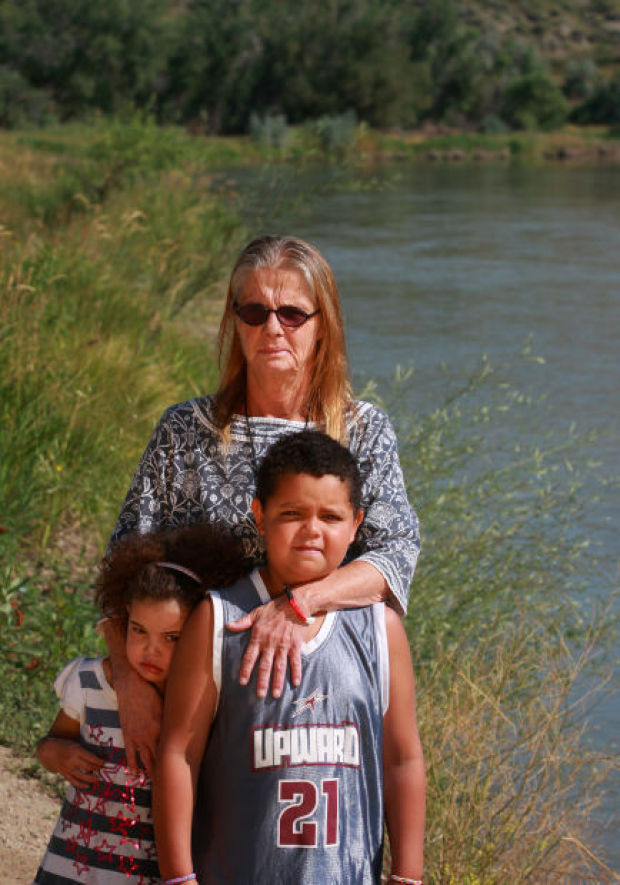Are we sometimes the ones behind our own failures?
How do we deal with an upcoming challenge that presents a real chance of failure? Obviously, we do everything in our power to prepare and make sure we can succeed in that challenge. For example, if there is a tough exam coming up in a course, we spend as much time as we can studying the material so that we are ready to take it… right? Interestingly, we might be setting up obstacles in the way of our own successes. In a phenomenon known as self-handicapping, some people prepare excuses or even take certain actions that almost deliberately make it harder to succeed at a future task. A student might spend multiple nights out with their friends, reducing the time they have to study for an exam and thus increasing their chance of getting low scores. But why would we ever get in our own way and sabotage our own tasks? As it turns out, self-handicapping helps us protect our self-esteem, but often at the cost of future improvement.
On the surface, self-handicapping might seem like a completely bad thing. After all, it directly undermines our performance in tasks and increases our chances of experiencing failure. However, self-handicapping actually has a specific benefit to us: It protects our self-esteem by giving us external excuses for failure. As discussed and demonstrated by McCrea (2008), having something else to blame for a failure aside from our own ability can prevent the failure from harming our self-image. Going with our previous example of a difficult exam, consider how a student might react if they studied incredibly hard and still failed. What does it say about that student if doing everything they could to prepare still couldn’t get them to succeed? They may have to conclude that they just are not capable enough, which would severely hurt their self-image. Contrast this reaction with one from a student who self-handicapped. If they fail the exam, they can blame the nights they spent with their friends and conclude, “I could have succeeded if I studied a little more.” The statement implies that they are still capable individuals, and thus their self-image is protected from the effects of failure. Self-handicapping “works” in the short term because it directs the blame for failure away from us and keeps us from concluding that we are completely incapable of accomplishing a task. However, its long-term effects are a different story.
As tempting as it might be to use self-handicapping to protect one’s self-esteem, repeated use of it can result in several negative long-term consequences. As discussed by Gruman, Schneider, & Coutts (2017), self-handicapping can lead to decreases in academic achievement and make it more difficult to take responsibility for your own actions, including successful ones. Additionally, it can lead to a cycle of poorer adjustment to academic settings and further relying on self-handicapping (pg. 228). The main reason for these consequences is that self-handicapping often leads to the assumption that one is already capable of doing something (even though they failed to do so). In their eyes, there is no need to work on improvement. When self-handicaps become the go-to response for every difficult task and one always blames everything on everyone but themselves, it becomes very difficult for them to recognize in what areas they might actually need to improve. Because they never improve, they might face greater chances of failure in future tasks, to which they might have to respond with self-handicapping in order to protect their self-image. Self-handicapping is a twofold threat, decreasing one’s chances of succeeding in a task in the short term and decreasing their motivation to improve their own capabilities in the long run.
Self-handicapping is the human tendency to sabotage one’s own chances of success in order to protect their self-image. It may help people protect themselves from short-term threats to their self-esteem by blaming failure on external factors, but it greatly reduces the likelihood that they will try to improve in the long term. How can we reduce our tendency to self-handicap? One way, as discussed by Gruman et al. (2017) is to participate in self-affirming tasks before taking on a difficult task, such as a test (pg. 448). When we boost our own self-esteem and focus on what is most important to us, we are less likely to rely on self-handicaps to maintain our self-images. Another possible way is to look at “could have” statements differently. McCrea (2008) mentions that when people think about how they could have performed better if not for some external circumstance, how they interpret their shortcomings matters. For example, if a student believes they could have done better on a test and just didn’t show it, as often happens with self-handicapping, then they are unlikely to try to improve for the next test. But if a student believes they should have done better on the test but were unable to demonstrate their ability for some reason, then they are more likely to look for ways to improve their behaviors and increase self-efficacy (McCrea, 2008). When it comes to failures, it might be better to take a little damage to your self-esteem and accept that your actions may have contributed to it, as you can use that failure to motivate your own improvement and make sure that your next attempt at the challenge is a successful one.
References
Gruman, J. A., Schneider, F. W., & Coutts, L. M. (2017). Applied social psychology: Understanding and addressing social and practical problems. Los Angeles: SAGE.
McCrea, S. M. (2008). Self-handicapping, excuse making, and counterfactual thinking: Consequences for self-esteem and future motivation. Journal of Personality and Social Psychology, 95(2), 274-292. doi:http://dx.doi.org/10.1037/0022-3514.95.2.274














 After about thirty minutes of this stressful ordeal and no luck, they drove me to the nearest station to file a report. There a detective gave me a photo album with plastic photo sleeves that held hundreds of mugshots of young African American men. At the time of the incident, I was not exactly in the frame of mind to notice physical characteristics of my assailants and I especially did not notice facial or other unique features as I had only seen them from behind. I never really saw their faces. I could only say they were youthful – probably young adults, their skin tone dark and that one was wearing red shorts. More over, after an hour had passed my memory for detail was fading. The detective, however, really wanted me to pick someone. I was asked, “Are you sure it wasn’t him?” and “What about this guy. He’s been known to do this sort of thing.” He suggested to me that all these suspects were guilty of something and that I shouldn’t worry too much about who I chose. It was all very unsettling. After about an hour of feeling extremely pressured and frustrated, I told the detective I just did not know if any of the pictures were my attackers. The detective gave up and had an officer drive me home.
After about thirty minutes of this stressful ordeal and no luck, they drove me to the nearest station to file a report. There a detective gave me a photo album with plastic photo sleeves that held hundreds of mugshots of young African American men. At the time of the incident, I was not exactly in the frame of mind to notice physical characteristics of my assailants and I especially did not notice facial or other unique features as I had only seen them from behind. I never really saw their faces. I could only say they were youthful – probably young adults, their skin tone dark and that one was wearing red shorts. More over, after an hour had passed my memory for detail was fading. The detective, however, really wanted me to pick someone. I was asked, “Are you sure it wasn’t him?” and “What about this guy. He’s been known to do this sort of thing.” He suggested to me that all these suspects were guilty of something and that I shouldn’t worry too much about who I chose. It was all very unsettling. After about an hour of feeling extremely pressured and frustrated, I told the detective I just did not know if any of the pictures were my attackers. The detective gave up and had an officer drive me home.



 propane, gasoline, even butane give off CO2 as a byproduct of their use (EIA, n.d.). In fact, 84% of all the world’s power is created through fossil fuels. (American Physical Society, n.d.). These resources are also severely limited and we are destined to run out (Riddel, Ronson, Counts, & Spenser, n.d.). It is obvious that we need to find renewable and ecologically safe alternatives and we need to do this soon. But with such changes come costs and there has been little financial incentive for energy companies to change their ways. After all, consumers still need energy regardless of where it comes from.
propane, gasoline, even butane give off CO2 as a byproduct of their use (EIA, n.d.). In fact, 84% of all the world’s power is created through fossil fuels. (American Physical Society, n.d.). These resources are also severely limited and we are destined to run out (Riddel, Ronson, Counts, & Spenser, n.d.). It is obvious that we need to find renewable and ecologically safe alternatives and we need to do this soon. But with such changes come costs and there has been little financial incentive for energy companies to change their ways. After all, consumers still need energy regardless of where it comes from.
